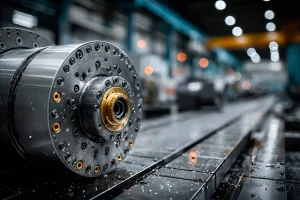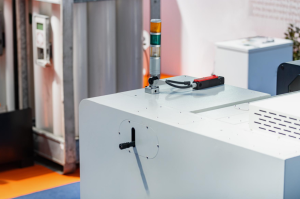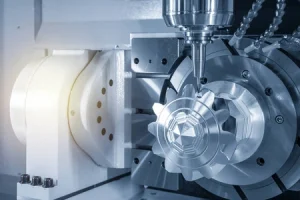
Sand mold printing technology
3D printing sand mold additive molding originated from the ancient sand mold casting molding technology. It was realized through scientific experiments on additive new materials and combined with years of 3D printing. In recent years, for some small batches of aluminum alloy structural complex prototype parts, especially the motors and extended-range hybrid engine housings of new energy vehicles, we have come to the following conclusions: In the early proofing and small batch housing tests, using sand mold printing and then aluminum alloy casting process is the most time-saving and manufacturing cost-saving method.
Advantages of sand mold technology
In recent years, most factories have adopted 3D printing sand molds, which are completely printed molds. They no longer need to be molded like ten years ago: first make a prototype of the product and then carry out the surrounding sand molding method. Time changes bring technological updates. In the past two years, industrial people have introduced new materials and 3D printing technology. After printing out the sand mold, they directly cast aluminum to form it, which saves a prototype manufacturing process. This sand mold casting process has been widely used in the development of extended-range new energy vehicles.
High strength of sand molds
In rapid prototyping samples, the mold life of sand mold casting reaches 200 times. The cast prototype is completely consistent with the physical properties of future products and can be used for performance verification in various cars. The proofing cycle is short and the cost is low. The mold cost of a set of extended-range engine aluminum shells can be controlled within 20,000 yuan. The aluminum shell is priced by weight, and the casting cost will not exceed twice the material cost.
Recyclability of sand molds
Sand mold raw materials, also known as additive new materials, are mainly composed of river sand or river sand, and special curing agents are added. Through the photocuring molding method of 3D printing, the sand body is laminated to achieve a specific product appearance and structural shape, and a complete mold is made. After the casting is completed, the mold can be broken and reused, and the old material can be used for new purposes. The material waste rate in the intermediate process does not exceed 5%. It is precisely because of this feature that it is indeed a new and advantageous new material in the manufacturing industry.
Rapidefficient is a company specializing in CNC and stamping machining, new automotive parts research and development, 3D printing development and services. It has introduced 3DP sand mold printing equipment for rapid prototyping. Through 3D printing intelligent transformation, it has established green, flexible, and high-end rapid sand mold casting capabilities.






